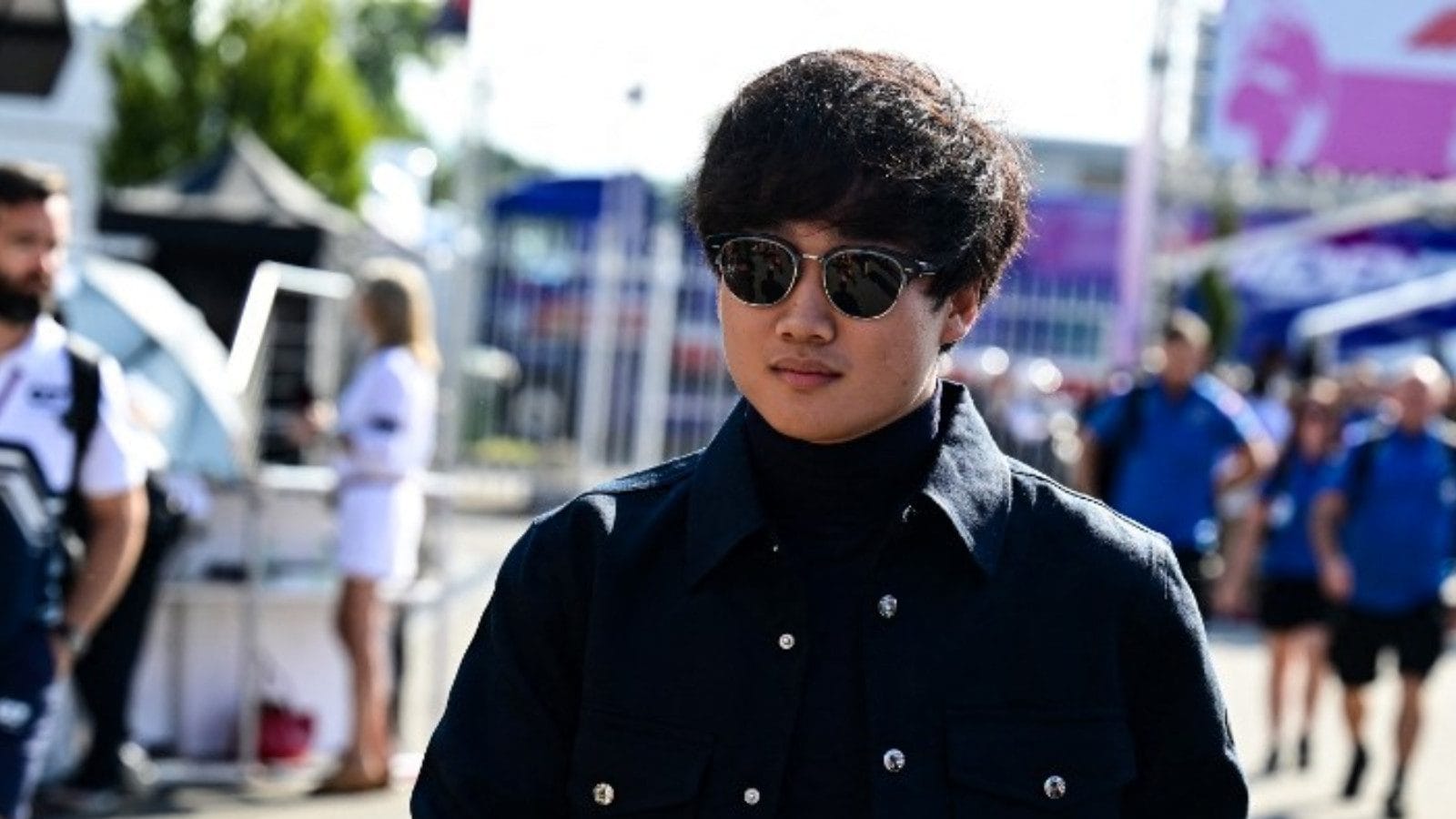Data | As India’s vaccination drive gathers pace, women are being left behind
Himachal Pradesh was the only State where the vaccination rate was higher among adult women
As the vaccination drive picks up pace in India, the gender gap in vaccination rate (people vaccinated per 1,000 individuals) continues to widen. The gap varies among the States. Except in Himachal Pradesh, there was a gap in all the 19 other States analysed. In India, as of July 4, 349 per every 1,000 women aged above 18 years and 390 per every 1,000 men aged above 18 have received at least one dose. According to the NFHS-5, in many States, more women said that they would let their husbands decide about their health care than those who said they will take decisions themselves.
State-wise
The graph shows the State-wise vaccination rate among adult men (represented in blue) and women (represented in red). The gap was widest in Jammu & Kashmir (men: 579; women: 435). Himachal Pradesh was the only State where the vaccination rate was higher among adult women (men: 715; women: 727). The analysis is limited to 20 States for which relevant data are available. The population figures are govt. estimates for 2021. Andhra Pradesh and Telangana’s estimates were ignored as they were unreliable.
Chart appears incomplete? Click to remove AMP mode
Gap widens
The graph shows the difference between India’s vaccination rate among adult men and women. The difference increased rapidly after the new vaccination policy kicked in. On May 1, 138 out of every 1,000 adult men had received at least one dose, while the figure was 131 for adult women (the difference of seven is plotted in the graph). On June 1, the difference increased to 19 (men: 191 out of 1,000; women: 172 out of 1,000). By July 4, it further worsened to 41 (men: 390 of 1,000; women: 349 out of 1,000).
Decision-makers
Interestingly, in Jammu & Kashmir, where the gender gap in the vaccination rate was the widest, the lowest share of women said that they themselves make decisions about their health care (5.2%). About 26% of women in the UT said their husbands mainly make decisions about their health. In Himachal Pradesh, where the gender gap is the narrowest, the highest share of women said they themselves take decisions related to their health care. The table lists the States for which NFHS-5 has data and those which have reliable population estimates.
In 10 out of the 15 States analysed, a higher share of women said that they let their husbands decide about their health needs. In none of the States was the reverse true (a higher share of men saying that they let their wives take a call about their health needs). The figures do not add up to 100% as the rest of them said they jointly come up with their decisions.
Source: COVID19INDIA.ORG, NFHS-5
Also read: Data | COVID-19 vaccination rate hits record pace in last 10 days of June





